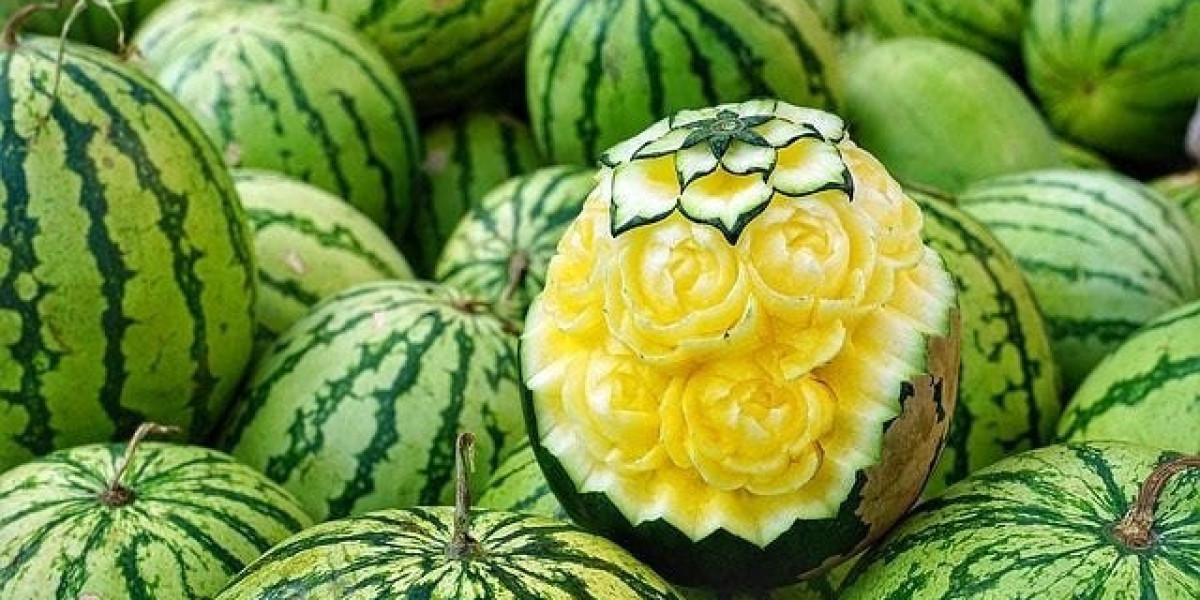In various environments, encountering tiny black bugs resembling poppy seeds can be both alarming and perplexing. These minuscule pests may appear harmless, yet their presence can indicate a larger issue requiring attention. Our detailed exploration will provide an in-depth understanding of these insects, their identification, common habitats, potential risks, and effective management strategies.
Common Types of Tiny Black Bugs
Fleas
One of the most notorious tiny black bugs is the flea. Known for their jumping abilities and rapid reproduction, fleas are commonly found in households with pets. They feed on the blood of animals and occasionally humans, causing itchy bites and discomfort. Fleas are typically about 1.5 to 3.3 mm in length, making them similar in size to poppy seeds. Their small, flat bodies allow them to move through fur and clothing with ease, making them difficult to detect and eradicate.
Carpet Beetles
Carpet beetles are another common type of small black bug. While the adults are typically black with varied color patterns, the larvae are brown and furry. These insects are notorious for damaging natural fibers, including wool, silk, and leather. Carpet beetles are particularly insidious because they often go unnoticed until significant damage has occurred. They measure around 1.7 to 3.5 mm, making them easy to mistake for poppy seeds.
Spider Beetles
Spider beetles are tiny insects often mistaken for spiders due to their long legs and rounded bodies. These pests are typically black or dark brown and measure about 1.5 to 3.5 mm. They thrive in dark, undisturbed areas and are commonly found in food storage areas where they feed on dry goods. While not harmful to humans, they can contaminate food sources, leading to waste and inconvenience.
Gnats
Gnats, particularly fungus gnats, are small flying insects that can resemble tiny black dots. They are often found around houseplants, as they thrive in moist soil conditions. Fungus gnats are usually harmless to humans but can cause damage to plants by feeding on their roots. These insects are usually about 2.5 mm long and can become a nuisance if not managed properly.
Booklice
Booklice, despite their name, are not true lice and do not feed on blood. These tiny insects, measuring between 1 to 2 mm, can be black or pale in color. They thrive in humid environments and are commonly found in homes with excessive moisture. Booklice feed on mold, fungi, and the paste used in book bindings, making them a concern in libraries and archives.
Habitats and Lifestyle
Indoor Environments
Tiny black bugs resembling poppy seeds can be found in various indoor environments. Common areas include kitchens, bathrooms, and basements, where they seek out food, moisture, and shelter. Carpet beetles and spider beetles often hide in pantries, infesting dry goods and contaminating food supplies. Booklice prefer humid areas and can be found around window sills, bathroom fixtures, and bookshelves.
Outdoor Habitats
Outside the home, these bugs may be found in gardens, lawns, and outdoor storage areas. Fungus gnats are commonly found in greenhouses and plant nurseries, where they lay their eggs in moist soil. Fleas thrive in shaded, grassy areas where pets and wildlife frequent. Understanding these habitats can help in preventing infestations and managing current problems.
Potential Risks and Concerns
Health Risks
While most of these tiny black bugs are harmless, some, like fleas, pose significant health risks. Flea bites can cause allergic reactions, dermatitis, and even transmit diseases like typhus and tapeworms. For those allergic to insect bites, fleas can cause severe itching and secondary infections from scratching.
Property Damage
Carpet beetles and spider beetles are notorious for causing property damage. Carpet beetle larvae feed on natural fibers, resulting in bald spots on carpets, holes in clothing, and damage to upholstery. Spider beetles, though less destructive, can contaminate food supplies, leading to waste and potential health concerns from spoiled food.
Nuisance Factor
The presence of tiny black bugs can be a considerable nuisance. Fungus gnats, for instance, are often seen flying around indoor plants, creating an annoying indoor environment. Booklice can damage books and paper products, while fleas can make pets and people uncomfortable, leading to constant itching and scratching.
Prevention and Control Measures
Regular Cleaning and Maintenance
Maintaining a clean and dry environment is key to preventing infestations. Regular vacuuming, especially in areas with carpets and upholstery, can help eliminate carpet beetles and fleas. Cleaning pantries and kitchen cabinets reduces the risk of spider beetle infestations. For booklice, keeping humidity levels low by using dehumidifiers can be effective.
Proper Food Storage
Storing food in airtight containers can prevent pests like spider beetles from accessing dry goods. Regularly inspecting and cleaning pantry items, including grains, nuts, and cereals, helps to detect infestations early. Discarding old or infested items immediately is crucial to prevent the spread of pests.
Pest Control Treatments
For severe infestations, professional pest control treatments may be necessary. Flea infestations, in particular, often require the use of specialized treatments, including flea shampoos for pets, flea sprays for furniture, and insecticides. Fungus gnats can be managed by reducing soil moisture and using insecticidal sprays if necessary.
Natural Remedies
For those preferring a more natural approach, several remedies can be effective. Diatomaceous earth, a natural powder, can be sprinkled in areas where pests are seen. This substance is abrasive to the exoskeletons of insects like carpet beetles and spider beetles, causing dehydration and death. Essential oils, such as peppermint oil and lavender oil, can also act as natural repellents for various bugs.
Conclusion
Tiny black bugs that resemble poppy seeds, while often small and inconspicuous, can pose significant challenges if left unchecked. Understanding the types of pests, their habitats, and the risks they present is crucial for effective management. Regular cleaning, proper storage, and, when necessary, professional pest control are all vital strategies in keeping these pests at bay. By taking proactive measures, one can maintain a healthy, pest-free environment, ensuring the safety and comfort of all inhabitants.









